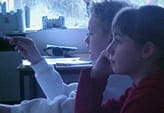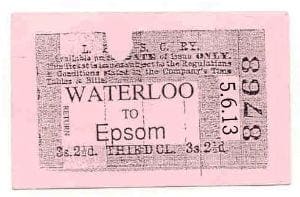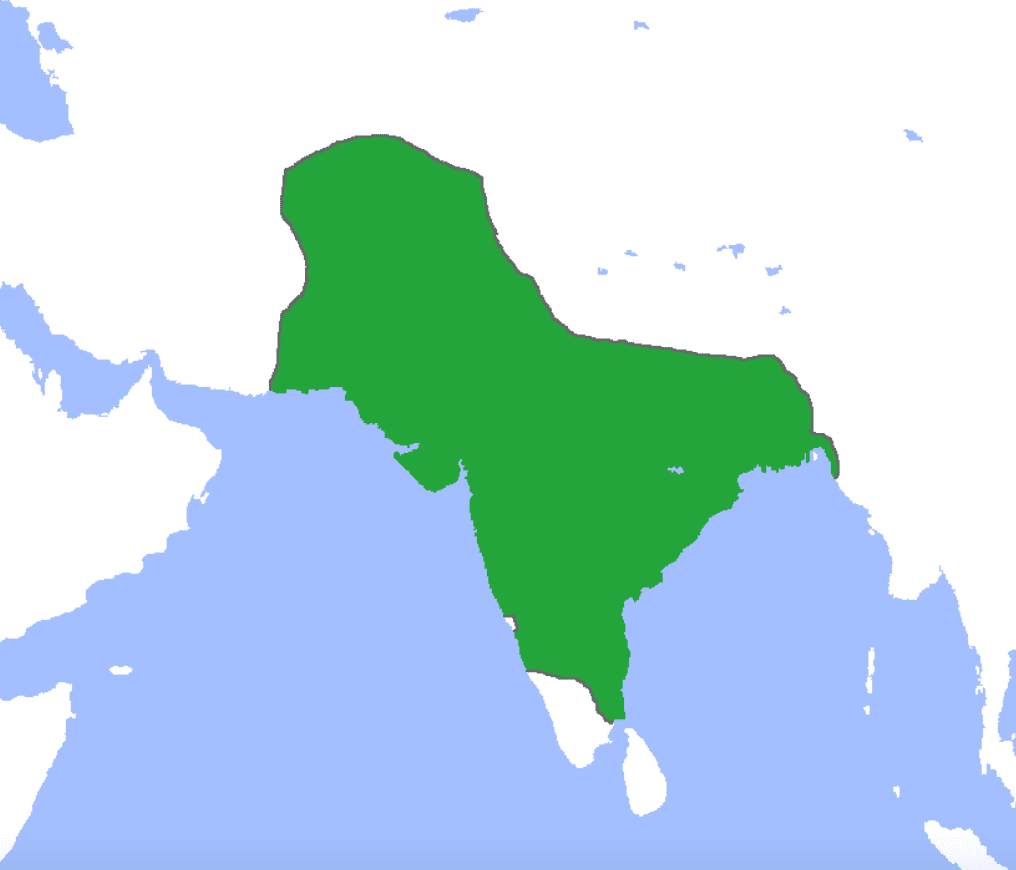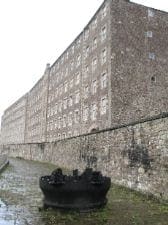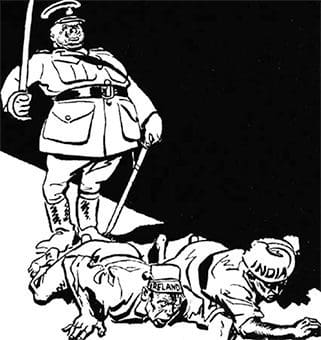
Students are too trusting of what they read on the Internet. Most striking, they implicitly trust Google to verify sources for them–whatever Google lists first must be a good source. As we know, many are there because they paid to be there as shown by Ad next to it
Even when asked to verify the accuracy of pages they read, they do poorly. They are suckers for a slick looking page, and for the self-description of the authors–i.e., if the authors say “we are a non-profit, devoted to the discovering the real truth behind’, students are all too likely to believe them.
So how do you help pupils to evaluate websites?
Advice 1
The usual advice, in the past, has been to give pupils a checklist of criteria against which the site might be judged. Whilst there might be some merit in this, it seems to ask them to jump through hoops that they haven’t even thought of and may not think of again. Far better to encourage pupils to get OFF the website to see what others say about it. That’s the way to discover that it’s actually a front for a hidden organization, for example, or has some other agenda. Why IS this source saying something different? That’s when the real learning starts. Pupils have found a problem they know needs solving.
Advice 2
Encourage pupils to show show first click restraint.
How do we stop them simply clicking on the first result from a Google search. Instead, students should look at the short sentences accompanying each result to get a sense of what they’ll find on each site. This ability to scan for what might be MOST useful is invaluable. We can’t start early enough giving them this skill.
Advice 3
Don’t disparage Wikipedia but encourage wise use. There’s more information on Wikipedia than the main article. For students at KS4 and 5 who are deep into historical interpretations, I recommend the “Talk” page, which includes ongoing conversation about more controversial aspects of the article topic and can be especially revealing.


